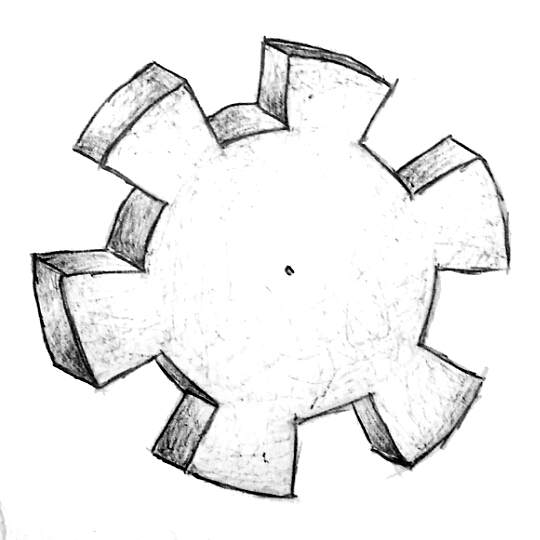

Extrospect via introspect:
And I look deep into myself
and recognize how my subconsciousness perceives the outside world.
I still see reality;
twisted, mirrored and turned;
but it's still a version of the real world.
Veiled by many illusions the mind may bear it still somehow reflects the outside world;
Welcome to the Klein Bottle that is the self-referent mind!
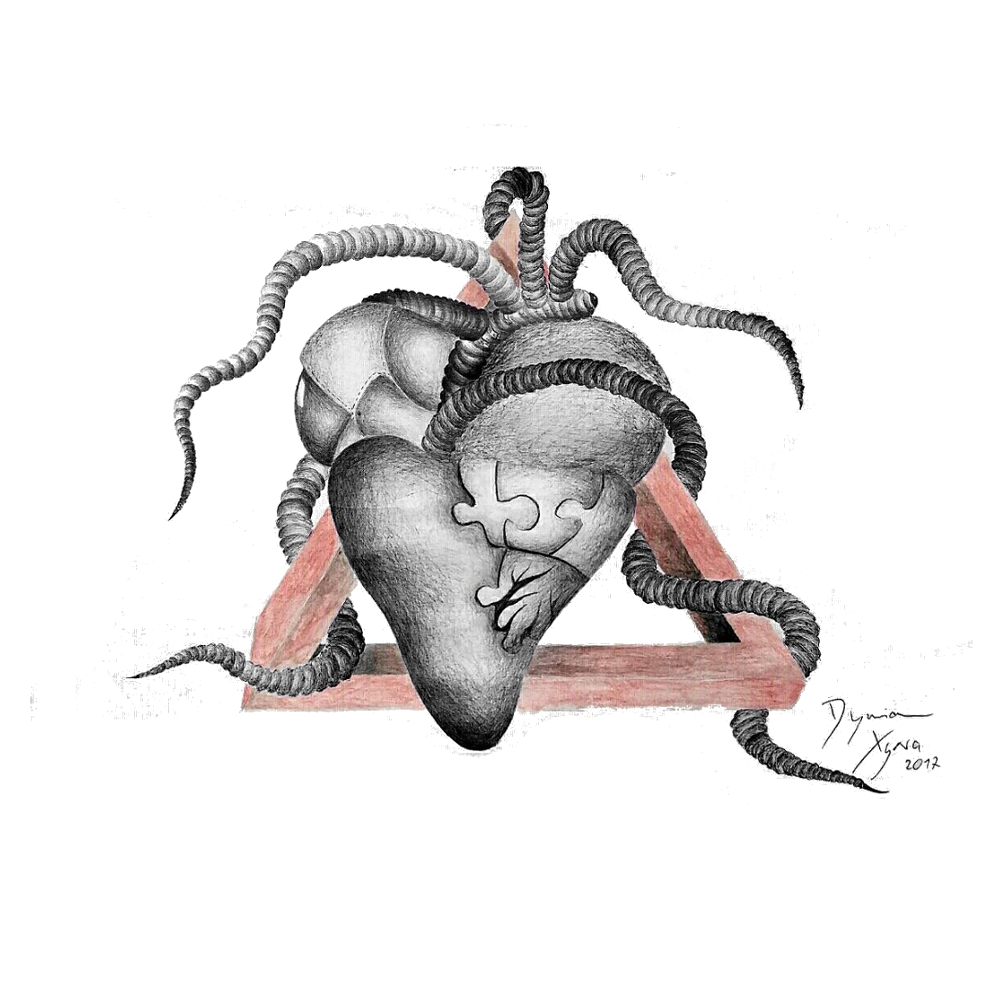
Mechanical Heart
Better understanding oneself can also help to understand the outside world. To recognize that our perception is subjective, and that reality is basically a collection of the most various, often also paradoxical, subjective views, leads to the conception of the holographic consensus. The truth is manifold and often interleaved several times and polarized within itself.
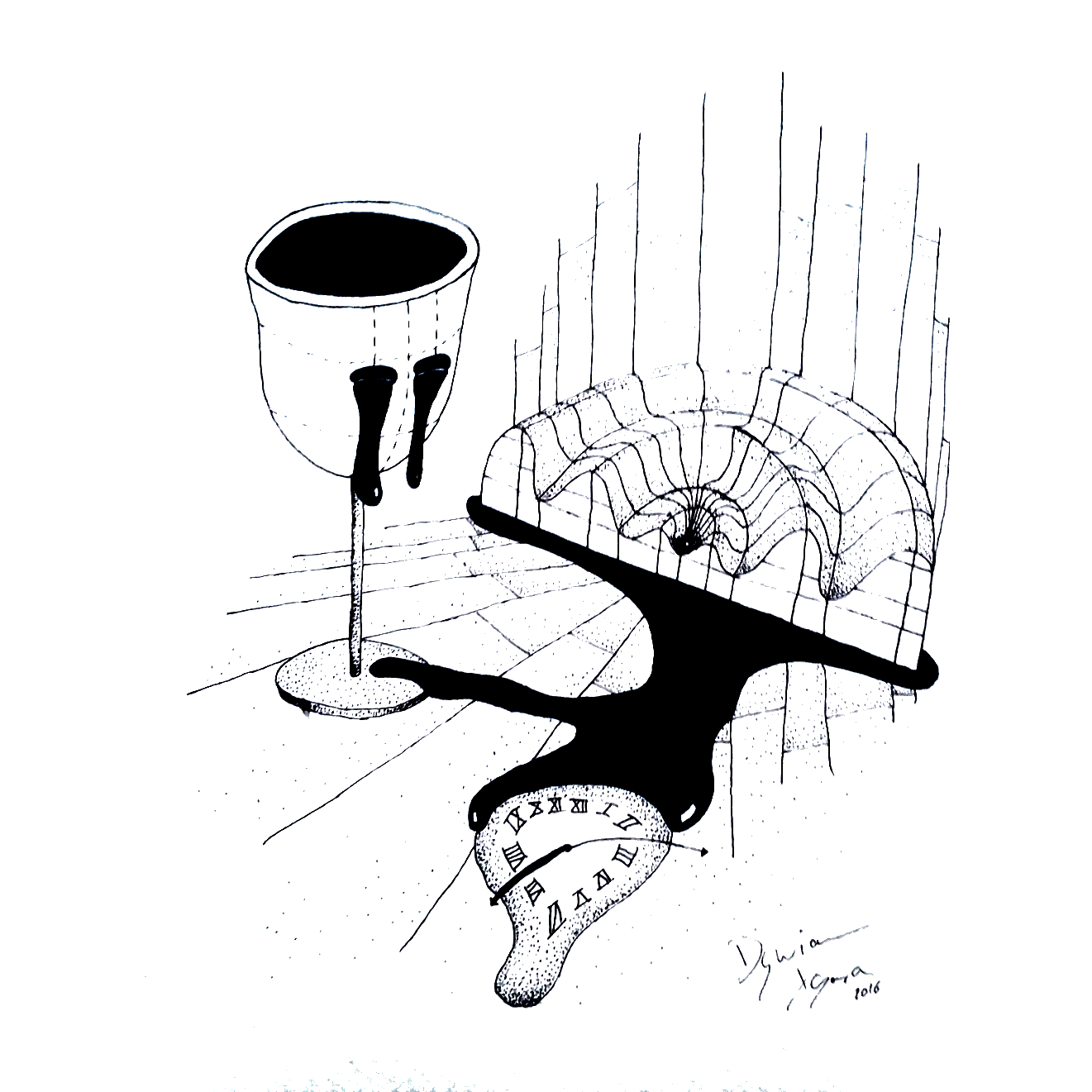
Chalice of the dark unknown
Isn't it the unknown that inspires us? By exploring the unknown, we can recognize it, understand it. However, the more one explores the unfathomed, the less the mysteries diminish. One question usually leads to a multitude of many other questions.
And it's true, because the more you understand, the more you understand what you don't understand. The more the body of the fathomed grows, the larger becomes the area that is surrounded by the vaste sea of the yet unfathomed.
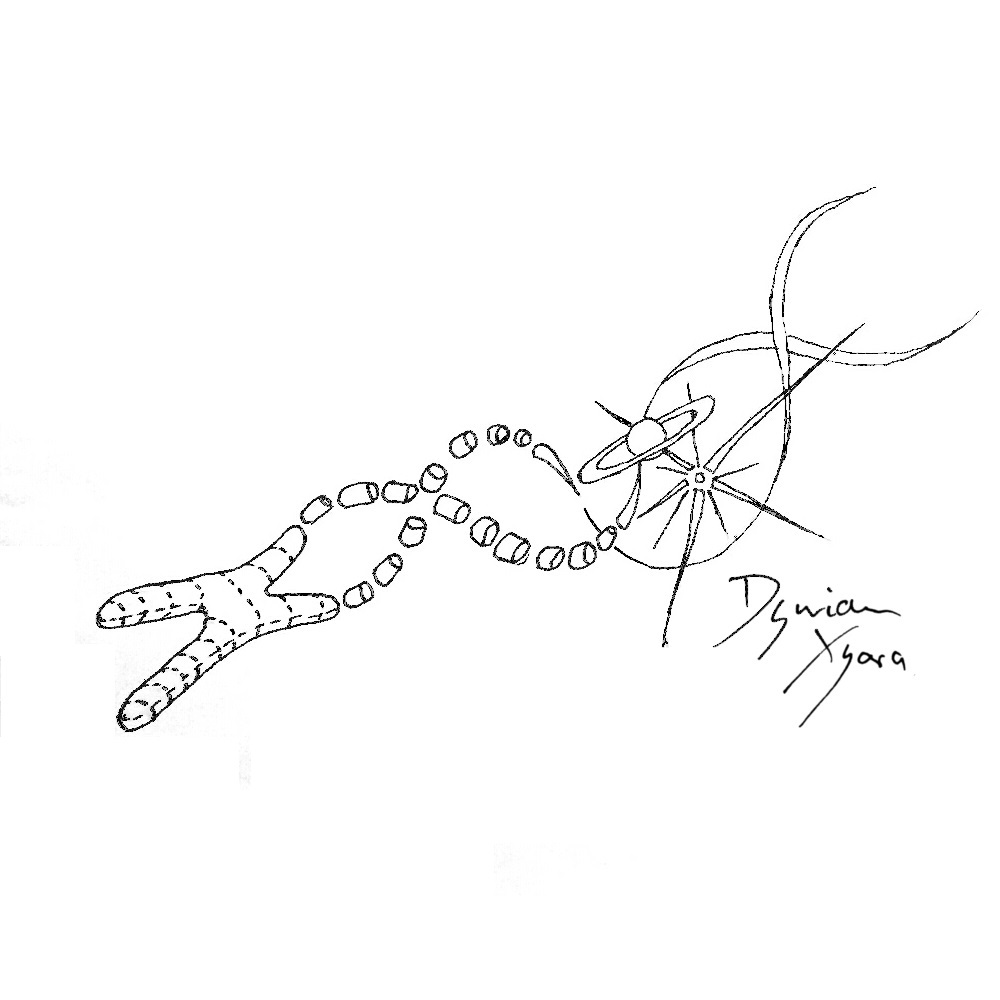
Cosmic Evolution
It is something so impressive to understand that we ourselves are the result of 13.7 billion years of cosmic evolution.
Every chemical element we are made of is the result of nuclear fusion, of dying stars.
Every molecule, or rather every element in it, in us may come from a completely different star.
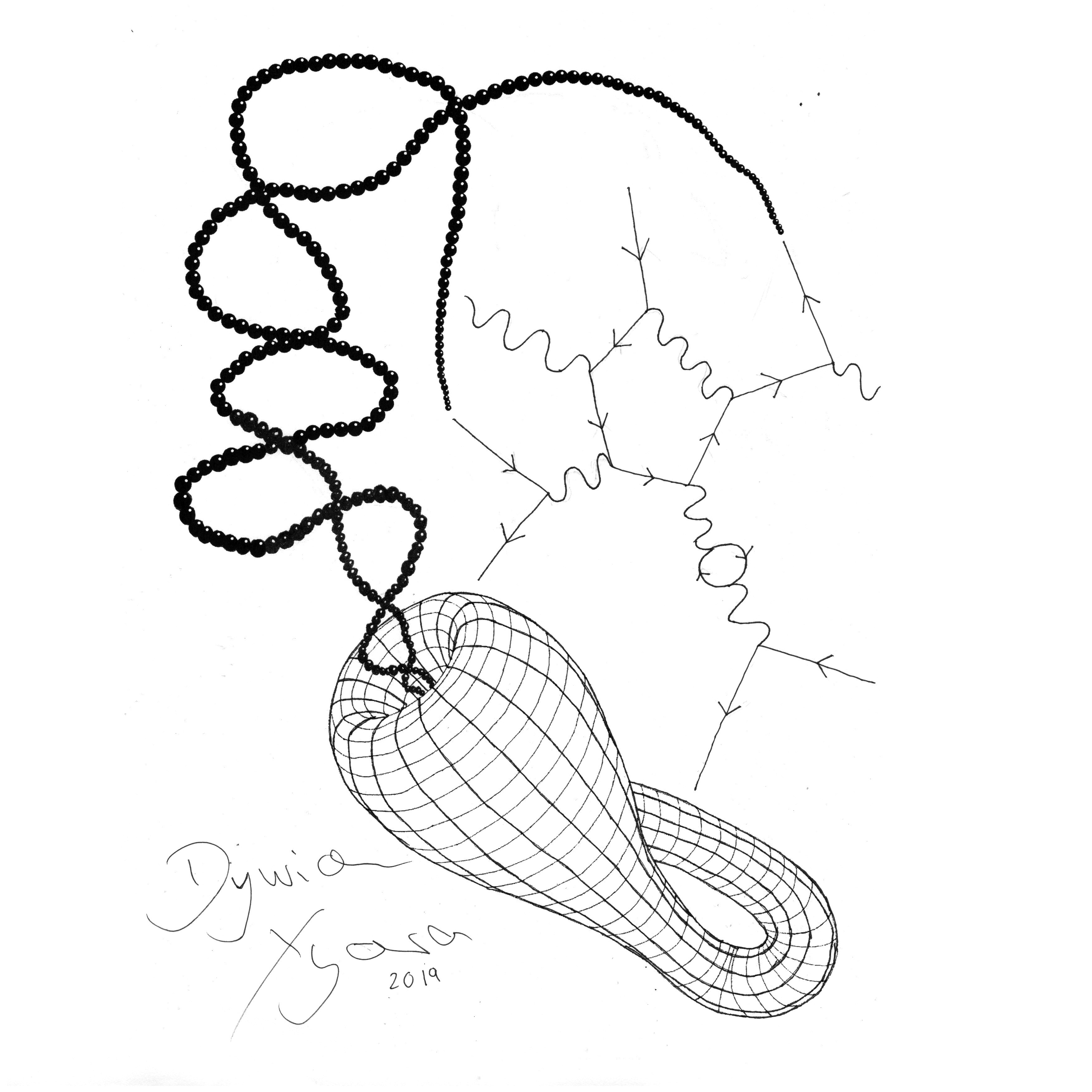
Escaping Gödel's Incompleteness
In order to escape contradictions, one needs a meta-level; This can be continued and nested as much as you like.
But how can one escape from escape from escape itself now? That's it; You can't, and yet each further iteration leads to new knowledge; Each further nested calculation / iteration has less and less impact on the overall picture; It's just like calculus with infintesimals...
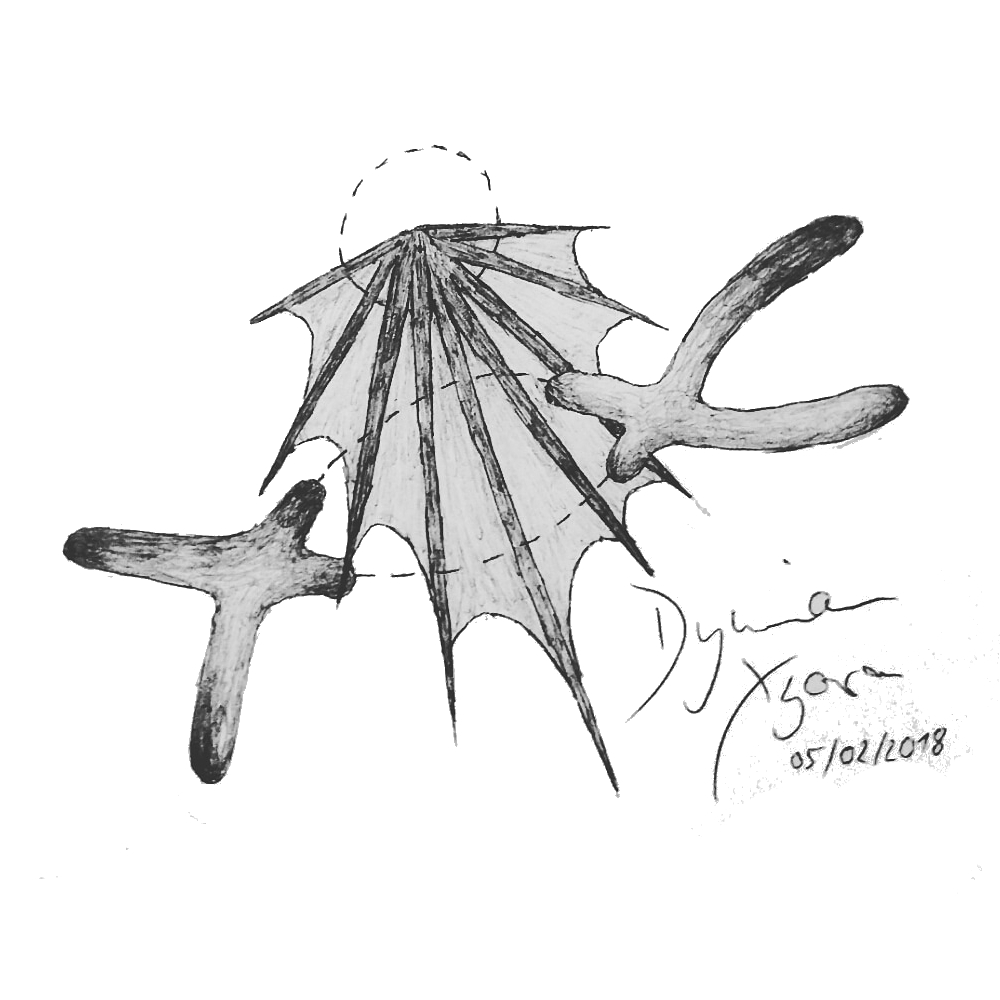
Evolve the mathemagician
"Microscopic chaos creates macroscopic order."; This is how Hermann Haken described the behavior of self-organization in complex systems. He coined the term synergetics, which represents the study of interaction.
A core element of this research area is emergence, which means: the creation of patterns in systems which the elements of it don't have themselves.
Emergence is a principle in which a system becomes so complex that it simplifies itself again - it is thus an indirect counterpart, as well as a result, of the entropy, which strives for complexification and mixing.
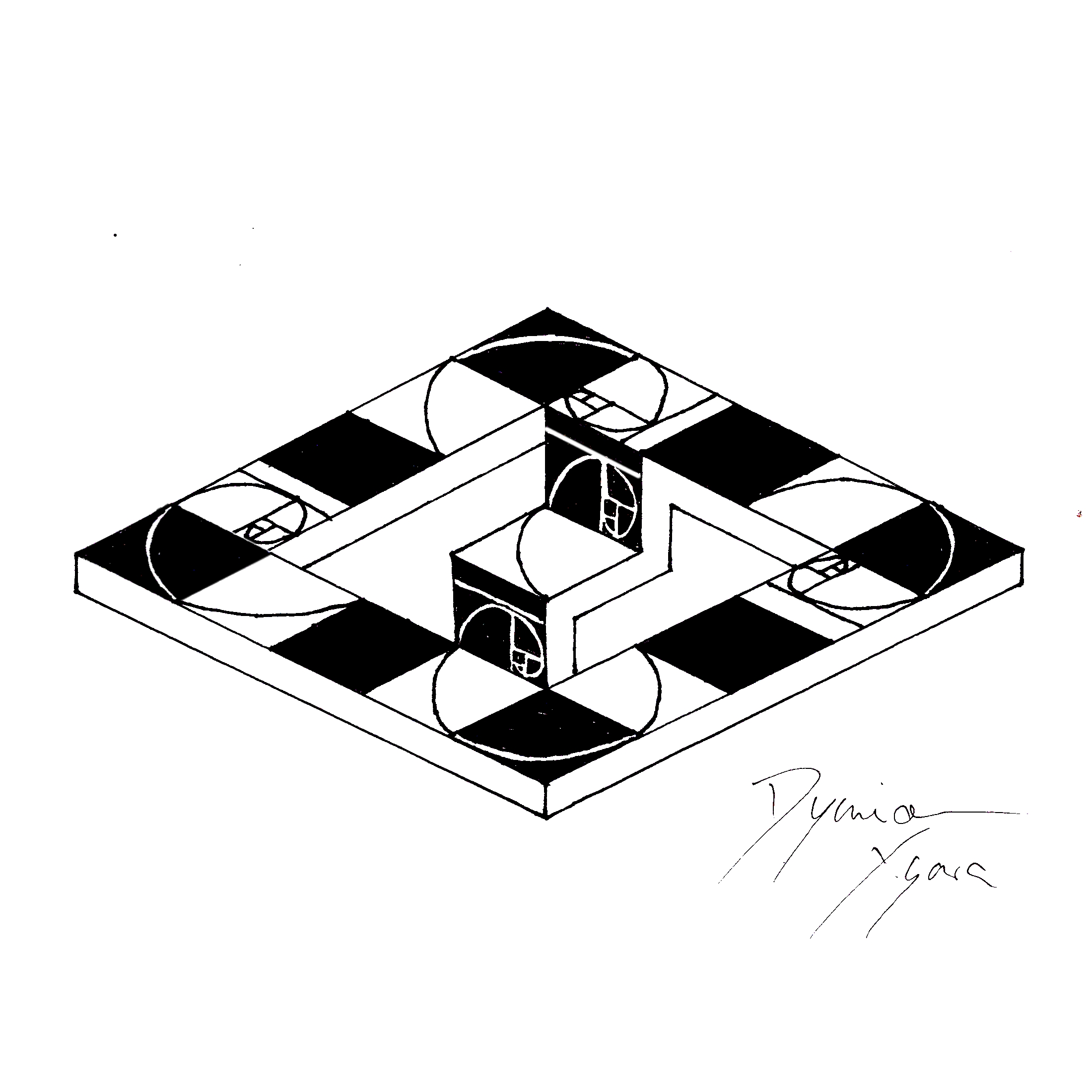
Fibonacci's ground
The Fibonacci sequence is nothing more than the combination of the past and the present that creates the future. The present is mostly determined by previous behavior. Without intervention, this sequence leads to behavior that is rigid, inflexible.
Habits are usually established in this very principle; When you're doing more and more of the same thing, it becomes more difficult to change. You can't change the past, but you can change the present. In the natural mode, this corresponds to maintaining habits. But through active intervention you can train yourself to behave differently step by step.
You can't change the past, but you can change most of the present yourself.
You don't even have to have a clear goal in mind, but an idea of the rough direction is often beneficial.
Even abrupt changes are rarely realistic.
Continuity and consistency are the key to success. You don't grow if you never make mistakes. Ultimately, it's the mistakes that make us learn.
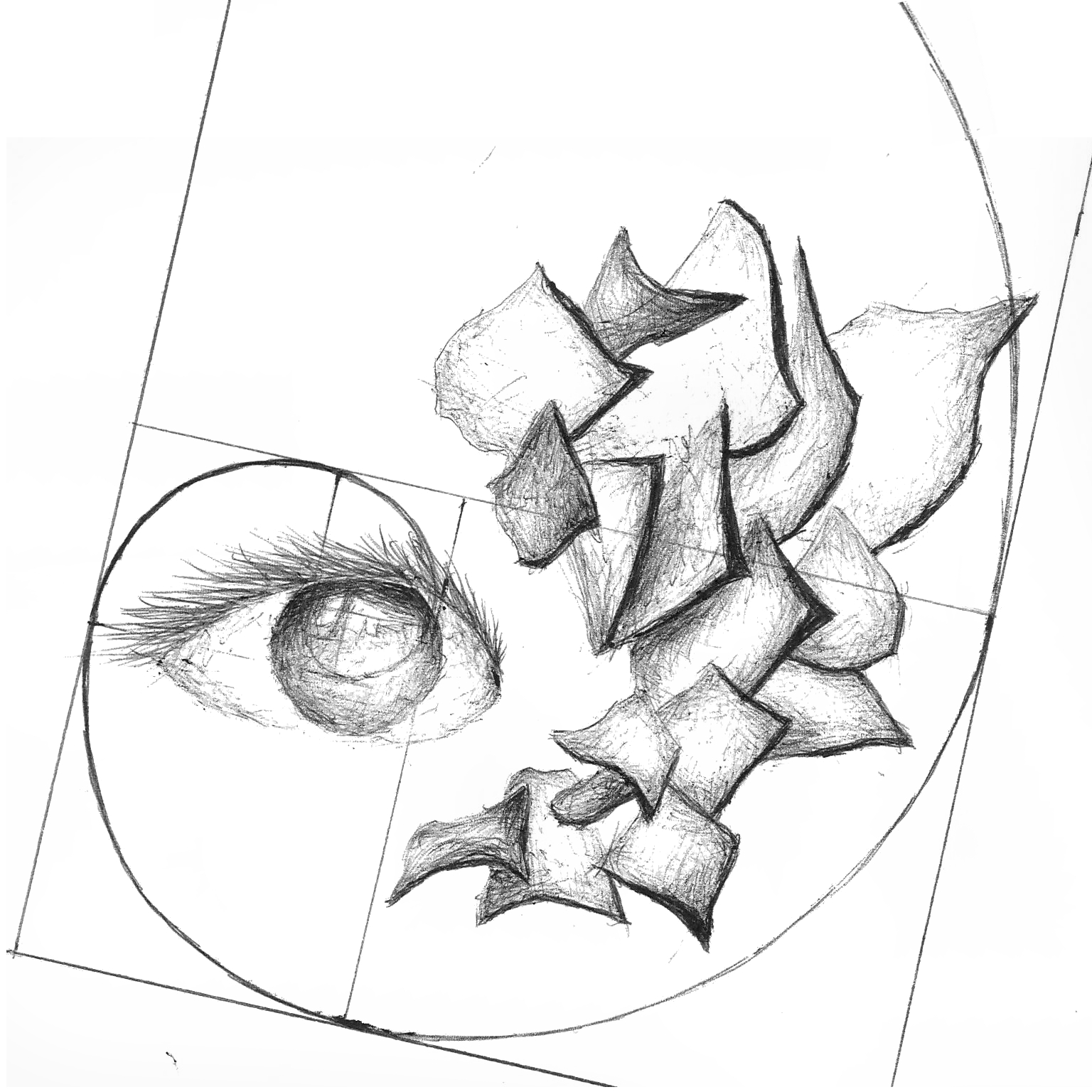
In the eye of fibonacci
Pattern recognition is also an art of perceptual filters: if you focus too much on details, your view of the holistic context becomes blurred; However, if you leave out too many details, the overall picture becomes distorted as well.
Over-simplification often leads to misinformation.
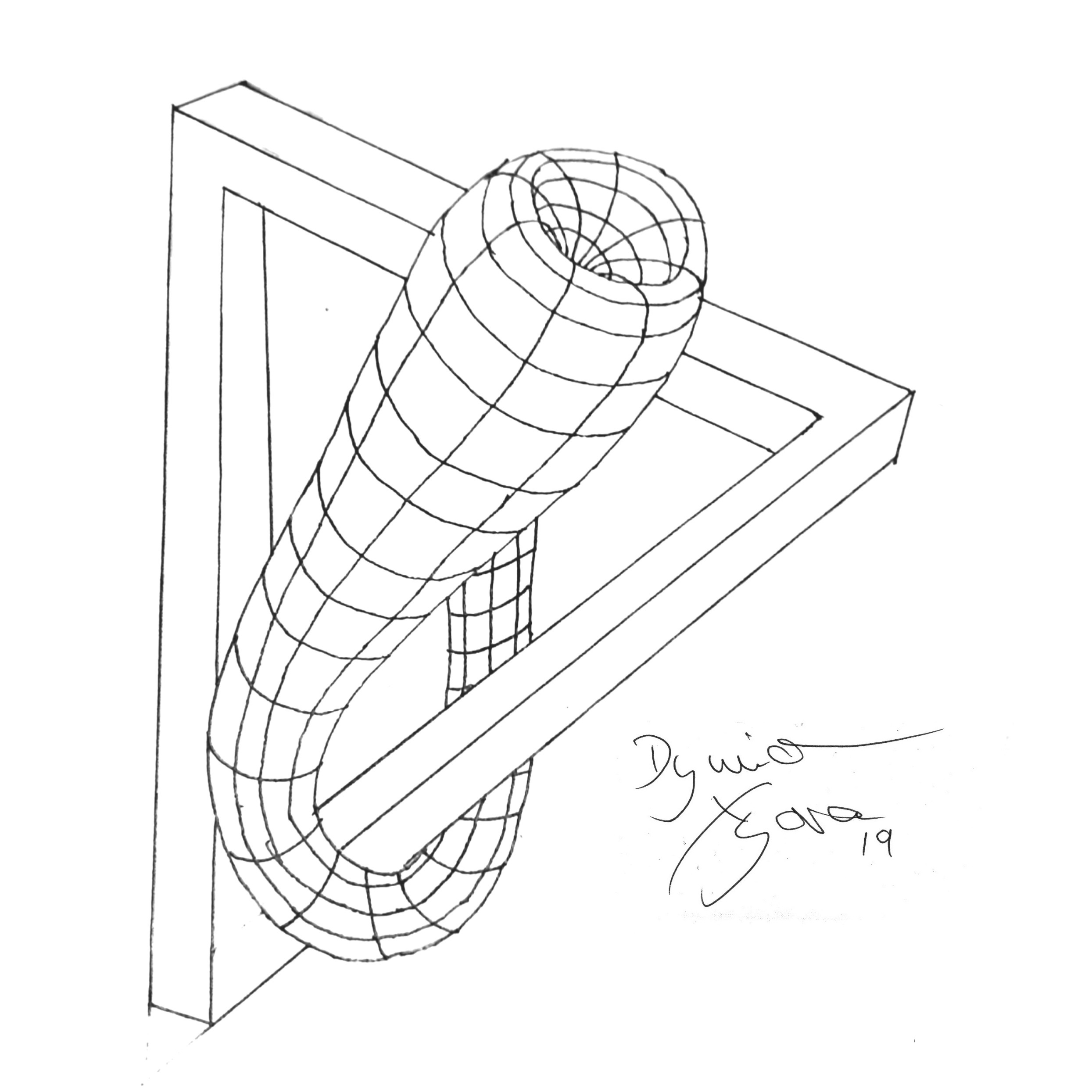
Into the impossible
The more you understand reality, the more it appears utterly surreal: Deep science is indeed a mind-altering process. What seemed to be so trivial at first sight turns out to be a product of hyper-complex causal nets.
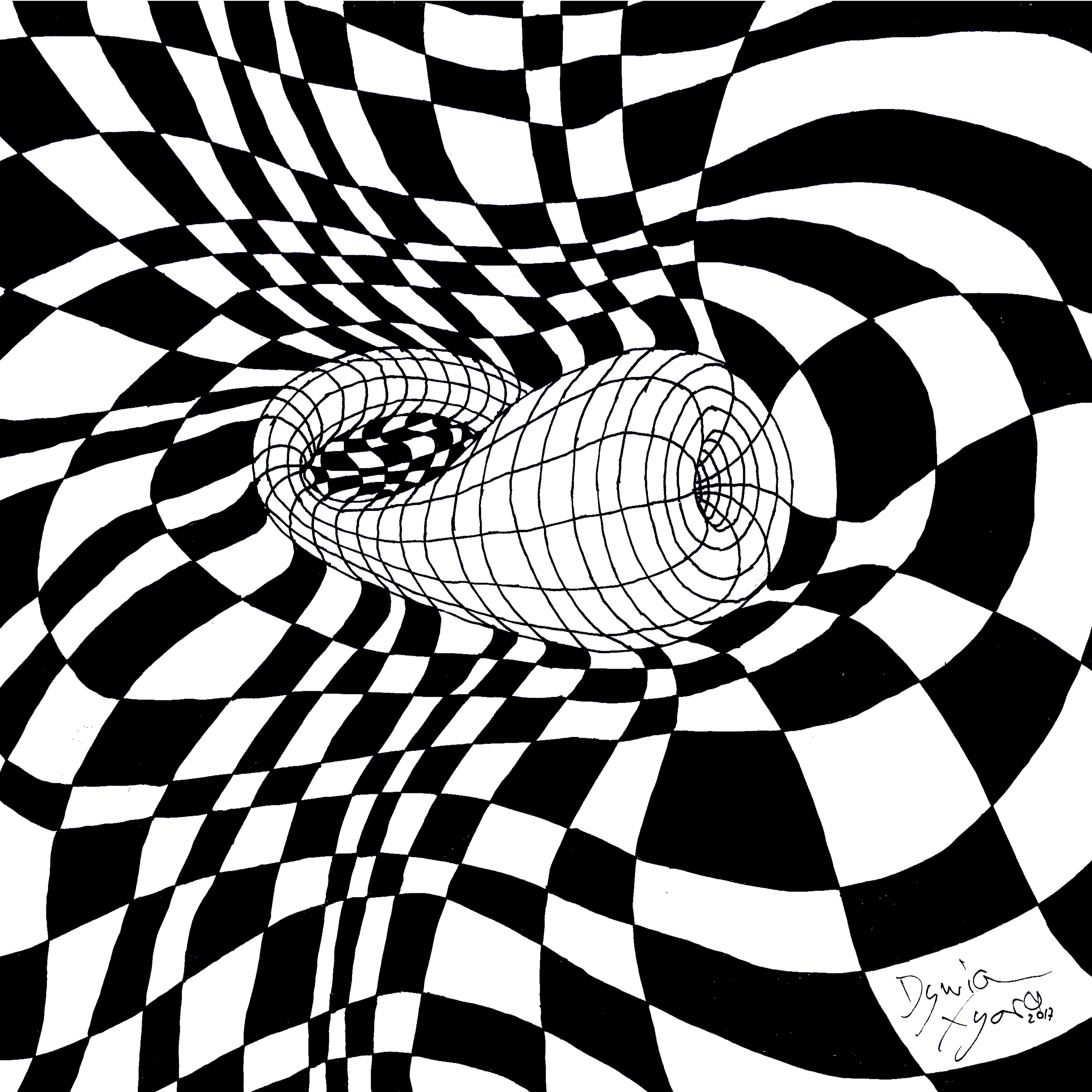
Klein bottle foundation
A klein bottle is a non-orientable surface; This means that you cannot distinguish what is outside and what is inside.
The name of this surface as "bottle" is actually a result of a translation error.(Area/surface in German means Fläche, and bottle means Flasche)
Well, it is very difficult to distinguish between surfaces and bottles, especially if they are Klein (The mathematician who discovered this object was Felix Klein. Also; klein in German means small.)
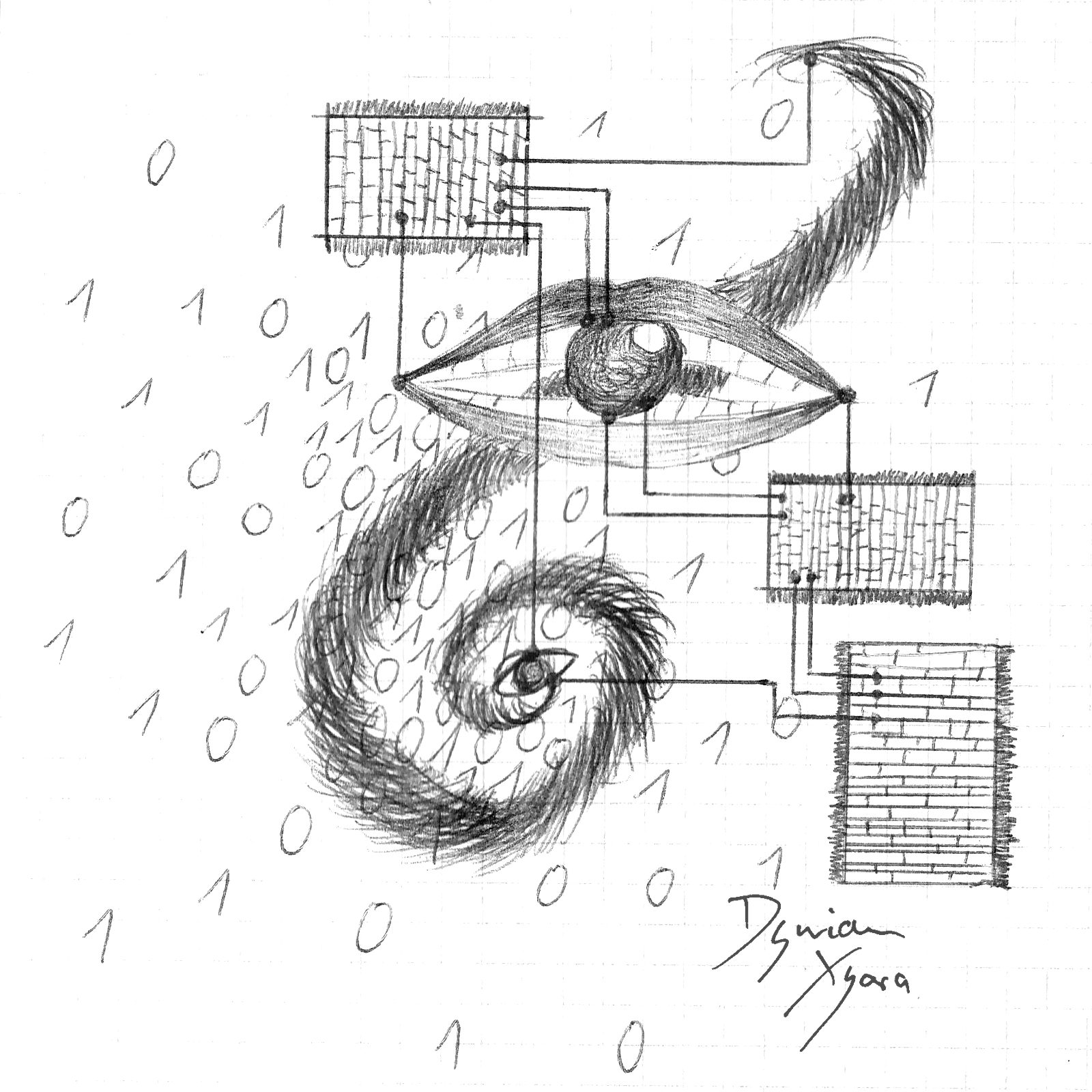
Mind hack
"The more you look into nature, the more you understand everything."; something like that is a quote that is attributed to Einstein.
Indeed, the more one observes one's own cognition, the more one understands mechanisms that occur both in mathematical cognitive science as well as in quantum computing, i.e. the programming of systems that are based on probabilistic quantum mechanics, as opposed to simplistic binary - based systems.
Ultimately, the entire human cognition also obeys a certain degree of algorithmics.
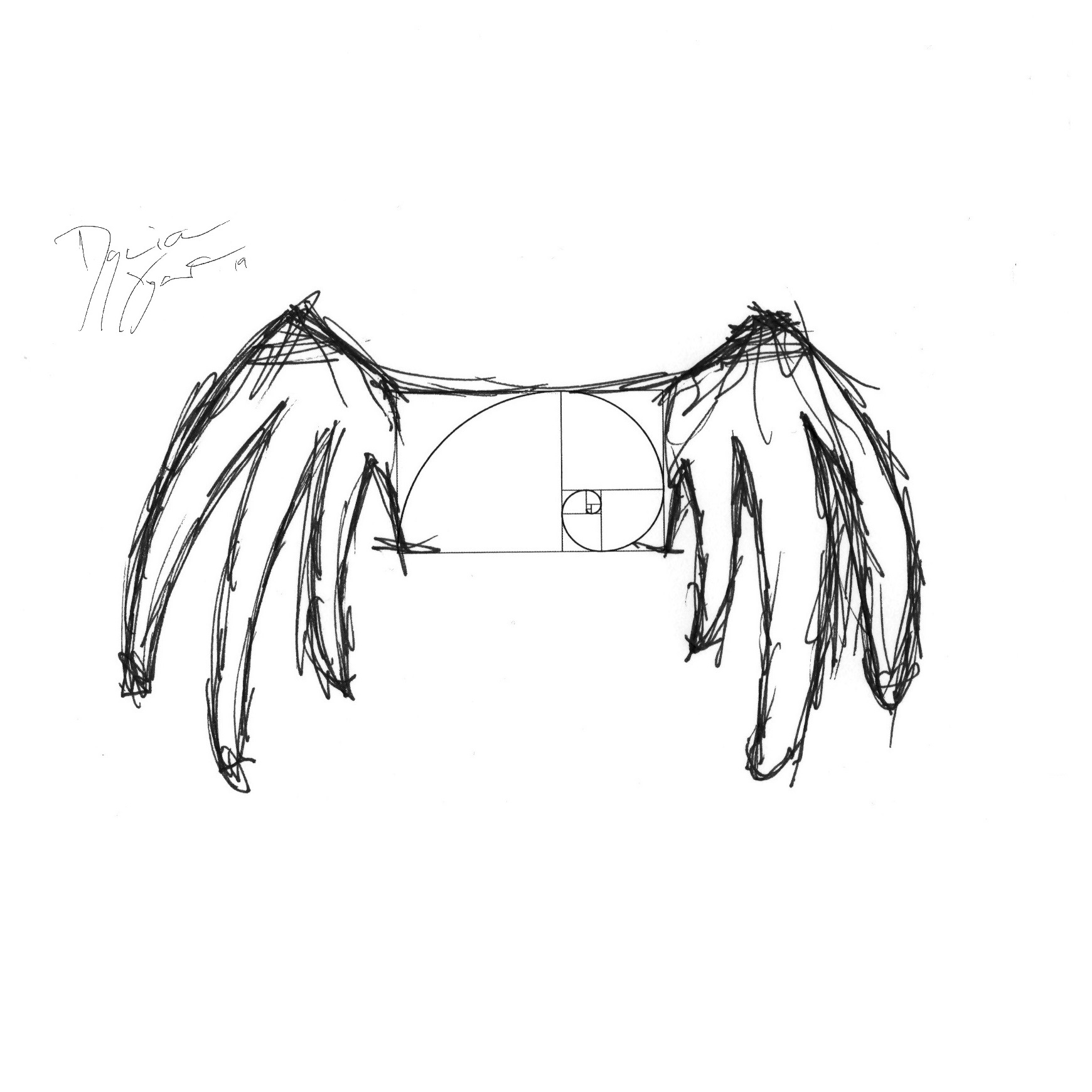
Orderly Chaos
What even is chaos?
Chaos is not randomness, but also follows logical and deterministic sequences. Chaos is nothing more than a more complex form of order. The simplest form of order is a strict separation of different things;
Entropy is therefore only the strive for interaction, mixing and complexification.
Human DNA is a good example of this; Because this is a complex mixture of different molecules and elements, which however follow a strict order, a sequence, basically a pattern.
Often, complexification also means that the systems sort themselves; This behavior is known as emergence and can be found in all kinds of systems; in physical, chemical, biological, psychological or social systems. I would also add some mathematical systems here.

The beginning of time
Time is just a kind of space, too. But what is the difference between a space and a time dimension?
To be honest, the answer is astonishingly simple: space dimensions have two directions of propagation for each dimension; The time dimension has only one direction of flow/propagation.
You can travel back and forth in space, but you cannot go back in time.
The type of transformation of a circle is also different: with three spatial dimensions, the circle becomes a sphere, with a time dimension the circle becomes a helix, a three-dimensional spiral.
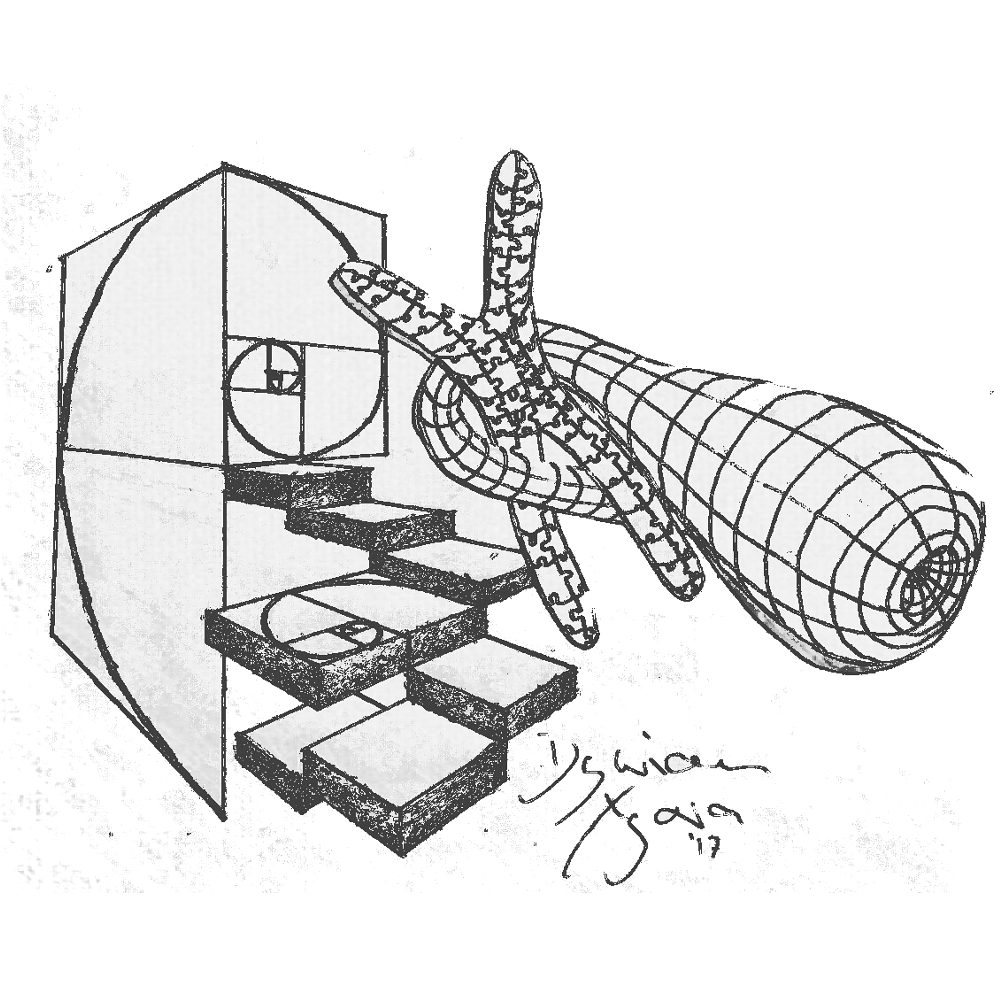
The steps towards perfection
You take little, say infinitesimal, steps towards the details. To create the highest possible correct and exact reality model it requires steps of approximation.
Initially, Newton's theory of gravity was correct and accurate enough for many phenomena; However, it could not explain why the perihelion, say, the orbit of Mercury, rotated every time.
This problem was eliminated with Einstein's theory of gravity. However, the whole issue became not only more precise but also much more complex. Where Newton viewed space and time as a rigid stage, it emerged from Einstein's theories that space and time are not only a continuum, but also that they have a flexible nature. Thus, space-time itself became an active player in the dance of life.
But also the General theory of relativity, which describes gravity, does not provide accurate information about microcosmic behaviour, say, probabilistic-based quantum mechanics.
While quantum mechanics can describe the three non-gravitational fundamental forces, it is not possible through them to adequately grasp gravity.
For this you now need a so-called Theory of Everything, which requires an even more difficult complexity.
Efforts for these TOEs are primarily the string theories, which are summarized in the M-theory, and quantum gravity.
The string theories postulate about the existence of one-dimensional "strings", i.e. vibrating strings, which are found in the elementary particles. The downside of this idea inevitably means that the universe would then have to have eleven spatial dimensions instead of three. Last but not least, it is difficult to convince because it requires many unprovable and incomprehensible assumptions.
Is string theory really a potential representative for an exact model of reality or is it just a mathematical gimmick?
Quantum gravity sees the issue from a different perspective; In this thesis space and time are quantized, i.e. put into packages of tiny space and time intervals.
Loop quantum gravity is the most elaborate representative of this thesis.

The weird world of gravity
Gravitaty is one of the four fundamental forces of nature. However, it differs considerably from the other three fundamental forces, i.e. the strong and weak nuclear forces, as well as electromagnetism.
Gravity's mechanism of action is clearly different from that of the three non-gravitational fundamental forces; While the strong nuclear force is the strongest, but has the smallest working radius in the subatomic / inner-nucleotide range, the weak nuclear force is somewhat weaker, but has a slightly larger effective radius, in the atomic range, and electromagnetism too, depending on the strength, has a working radius over meters and a few kilometers, the working radius of gravity is thousands of kilometers and even light years.
Furthermore, gravity can also be interpreted as acceleration due to density.
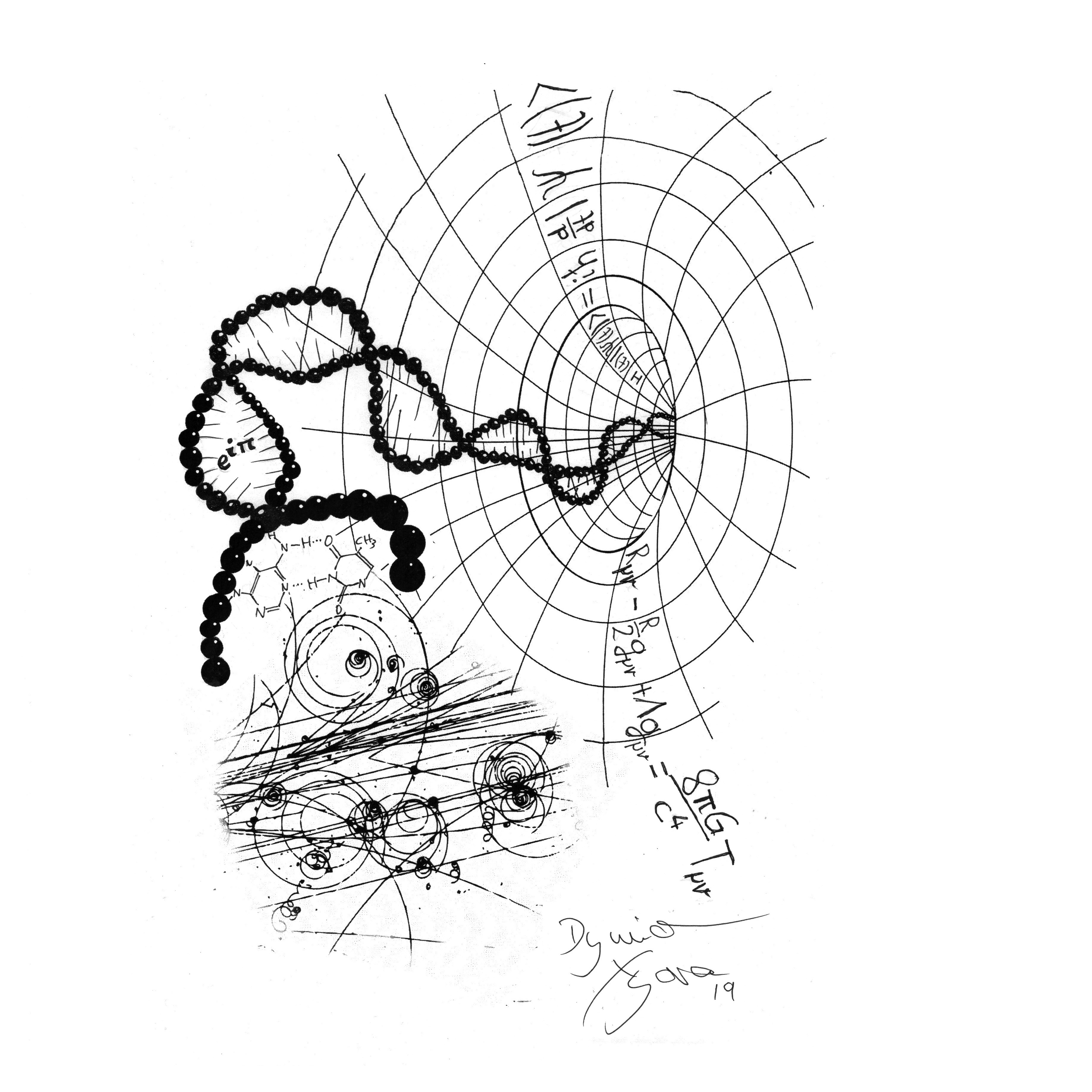
Theory of Everything
Every generalization or summary of theses and models inevitably leads to an exponential increase in complexity.
In my opinion, the combination of contradicting mechanisms is essential for the creation of a complex system based on emergence; Polarity is therefore the origin of diversity, variety, and life itself.
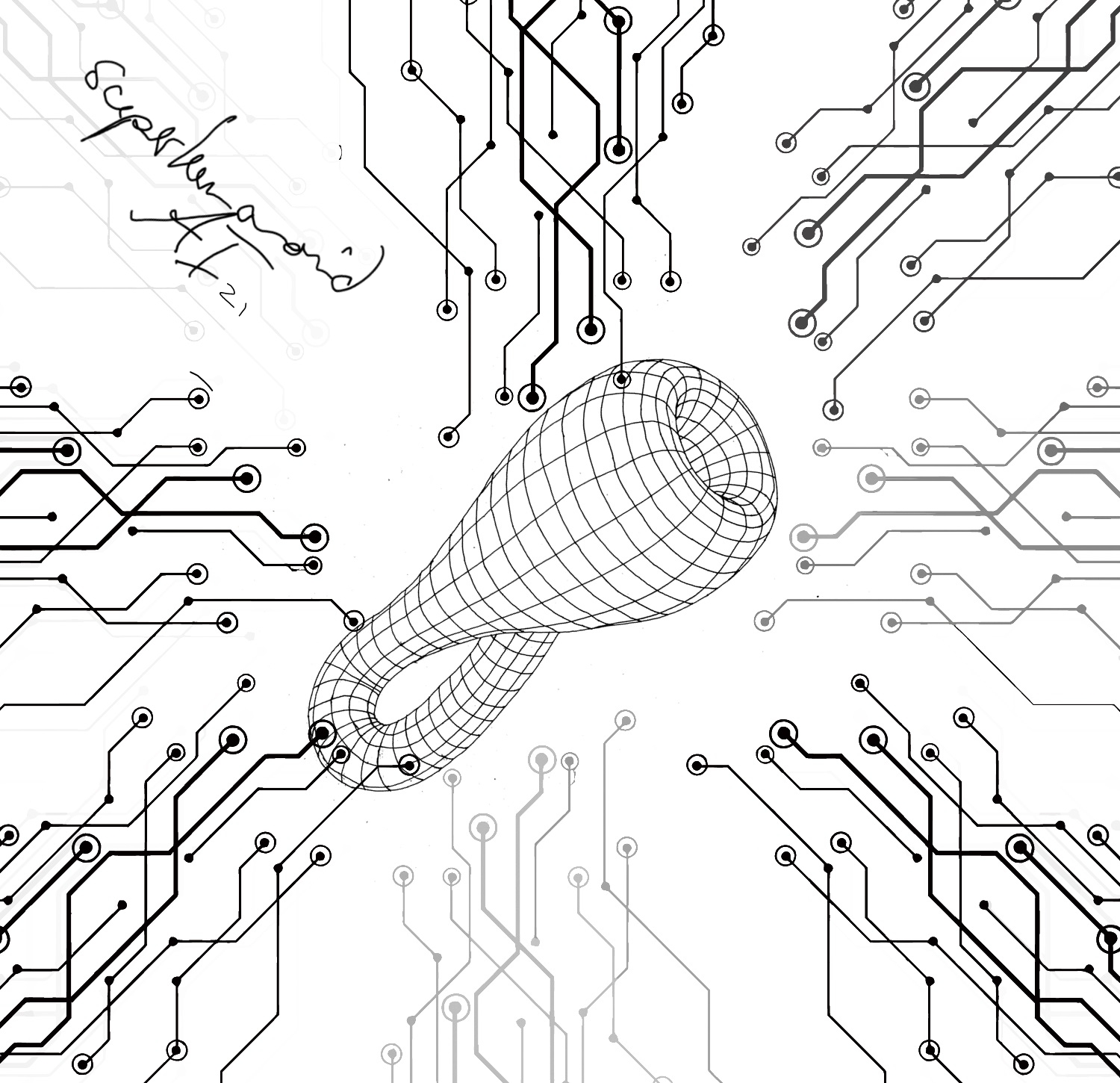
The surrealism of reality
...just another non-orientable surface in the non-euclidean matrix of reality, or another unknown_(id)entity embedded in the n-dimensional pre-frontal cortex of the grey matter midst the biological calabi-yau-manifold1 of a complex recursive loop system2 nested in an organism called "planet earth" anywhere revolving in the solar system spiraling on a branch at the edge of the milky way galaxy...
1synonymous to the mundane name for "brain"
2synonymous to "circuit of consciousness"
powered by
superhumanoid_AI